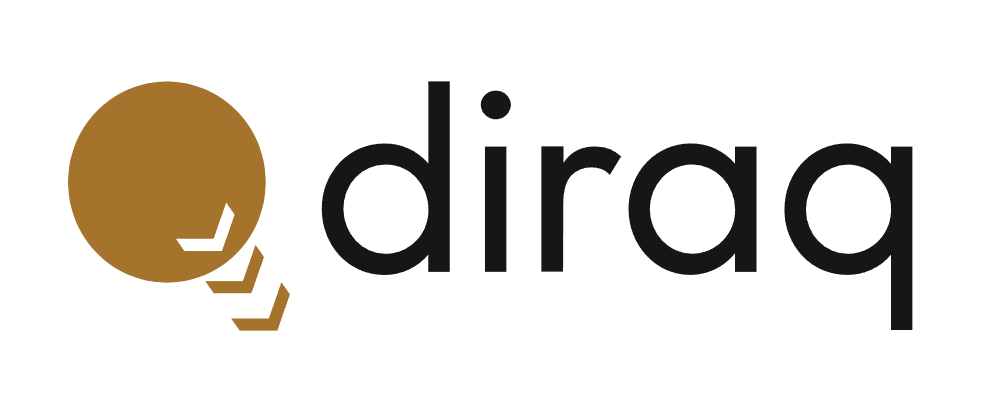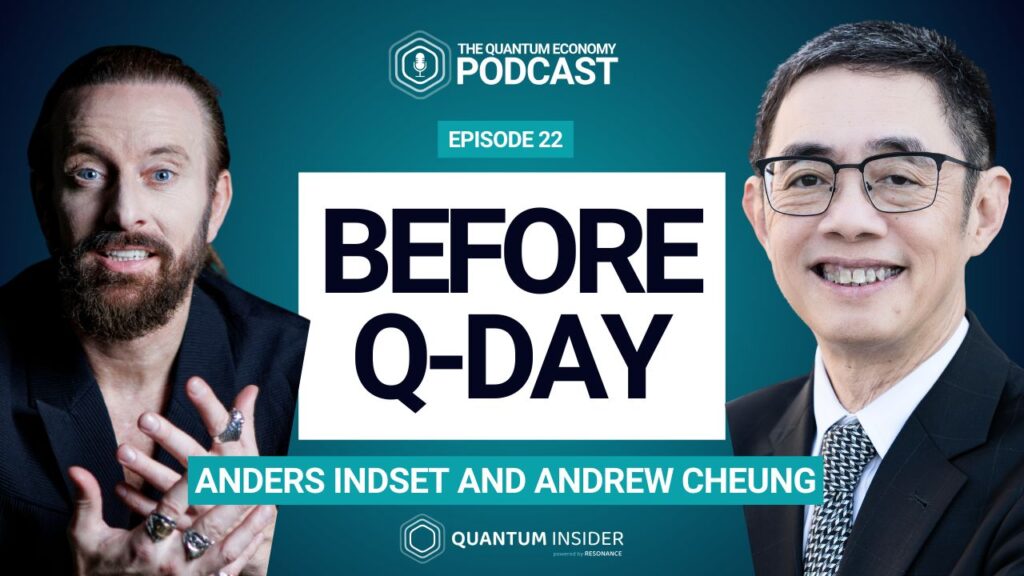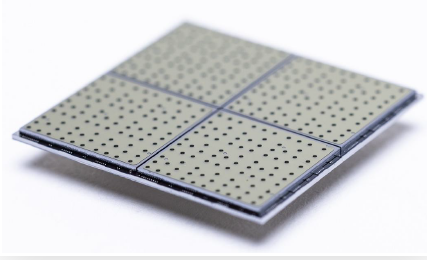Insider Brief:
- Diraq has developed a new method for synchronizing qubits, called ‘qubit dressing,’ which allows qubits to be driven simultaneously using a global control field, addressing key challenges in scalability and qubit fragility.
- The global control field reduces issues like frequency crowding and interference, making quantum computers more energy-efficient and scalable while freeing up chip space.
- Diraq’s silicon-CMOS platform leverages existing semiconductor manufacturing infrastructure, enabling the potential for large-scale production of quantum computers.
- Moving forward, Diraq aims to optimize microwave engineering, scale qubit arrays, and explore commercialization opportunities in sectors such as drug discovery and encryption.
One challenge in building large-scale quantum processors, according to a recent post from Diraq, is qubit control. The leader in silicon-based quantum technology announced a new method for synchronizing and controlling qubits. Their research, recently published in Nature Communications, was described as a milestone in overcoming some of one of the various technical challenges in building large-scale quantum processors.
The Art of Orchestrating Qubit Synchronization
Research led by Ingvild Hansen and Henry Yang introduced a method to drive multiple qubits simultaneously using a global control field. This technique, described as ‘qubit dressing,’ allows qubits to operate in synch. According to the team, this addresses one of the fundamental hurdles in quantum computing: managing the fragility and noise sensitivity of qubits at scale.

Traditionally, as noted in the article, qubits are controlled individually through microwave signals with distinct frequencies. However, as quantum computers scale from tens to millions of qubits, this approach may face challenges related to frequency crowding and control signal interference. Diraq’s solution involves using a global microwave field to drive arrays of qubits, reducing interference and bandwidth requirements, which may make it a more energy-efficient and scalable solution. The ability to apply the global control field off-chip frees up space on the chip and simplifies the design and routing of control signals.
According to Diraq’s post, the research also showcases the flexibility of their silicon-CMOS platform, which uses existing semiconductor manufacturing technology. This compatibility means the potential for quantum computers to be produced at scale using the infrastructure already in place for traditional computing chips.
“The results of this research represent a crucial advance in qubit control and confirm that our silicon CMOS qubit technology can overcome frequency crowding in large-scale quantum computing systems,” stated Andrew Dzurak, CEO and founder of Diraq. “It further supports Diraq’s leading capability in the development of a reliable global qubit control strategy for semiconductor spin qubits – essential for scalable and fault-tolerant quantum computing.”
Towards Large-Scale, Fault-Tolerant Quantum Computing
Looking ahead, Diraq states that it is committed to optimizing its technology with a focus on several key areas. One priority is microwave engineering, where further advancements in the strength and uniformity of global magnetic fields may lead to further improvements in the control and scalability of silicon qubits. Additionally, Diraq’s integration with the semiconductor industry may allow its silicon-CMOS qubit technology to scale rapidly as it can lean into existing manufacturing infrastructure. Another focus area is scaling up the global control method to larger qubit arrays, while still maintaining consistent performance and minimizing interference as the number of qubits increases.
As Diraq continues to refine its technology, it is also exploring commercialization opportunities to bring quantum computing solutions to market. These efforts are intended to address real-world challenges such as drug discovery, encryption, and complex simulations.
The authors who contributed to the study include Ingvild Hansen, Amanda E. Seedhouse, Santiago Serrano, Andreas Nickl, MengKe Feng, Jonathan Y. Huang, Tuomo Tanttu, Nard Dumoulin Stuyck, Wee Han Lim, Fay E. Hudson, Kohei M. Itoh, Andre Saraiva, Arne Laucht, Andrew S. Dzurak & Chih Hwan Yang.

















